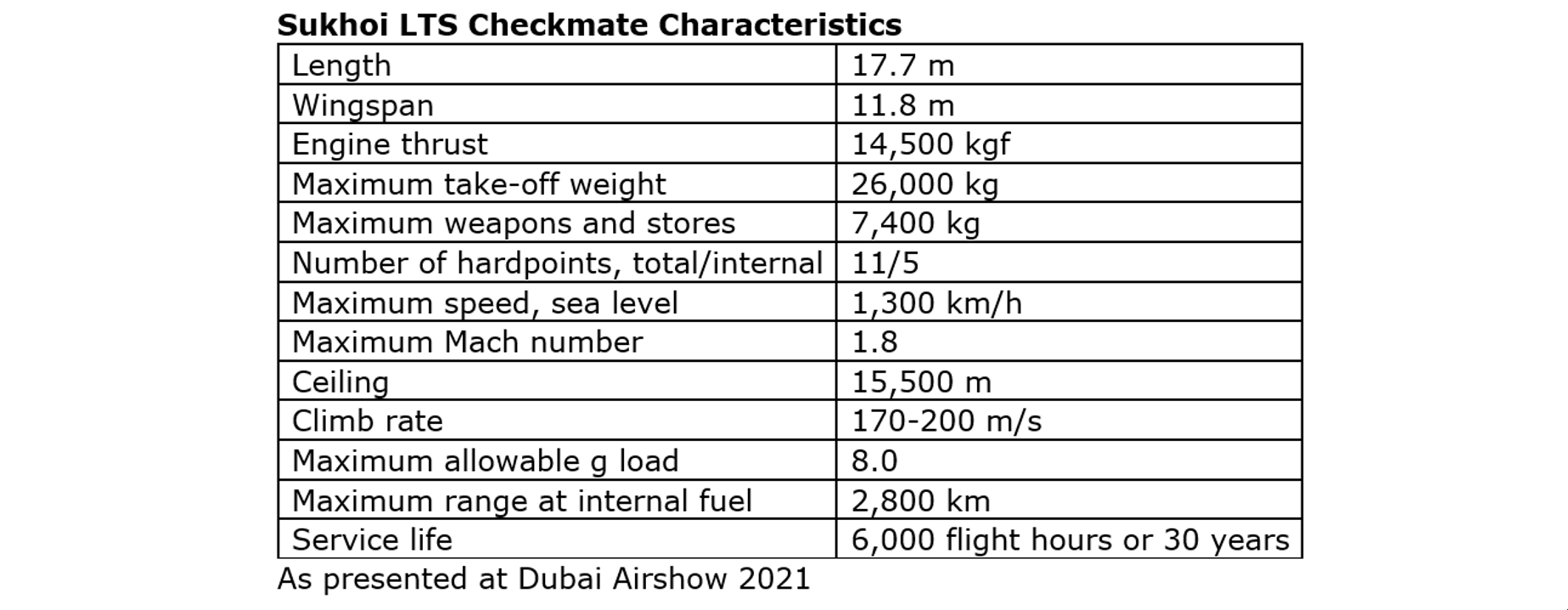
DUBAI–During the first foreign demonstration of the new Russian Sukhoi LTS Checkmate fighter at the Dubai Airshow, a program official confirmed that the Light Tactical Aircraft (LTS) presented is a nonflying demonstrator intended for on-ground synchronization of construction components and equipment...
Subscription Required
This content requires a subscription to one of the Aviation Week Intelligence Network (AWIN) bundles.
Schedule a demo today to find out how you can access this content and similar content related to your area of the global aviation industry.
Already an AWIN subscriber? Login
Did you know? Aviation Week has won top honors multiple times in the Jesse H. Neal National Business Journalism Awards, the business-to-business media equivalent of the Pulitzer Prizes.




